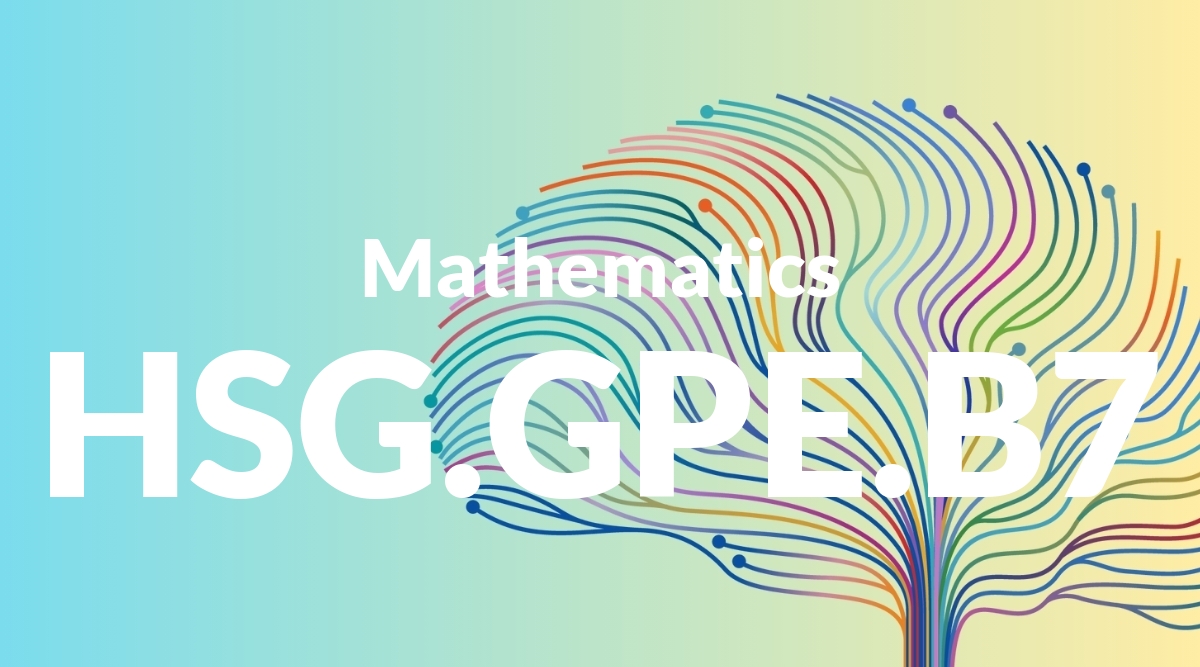Standard: K.OA.A3 – Decompose numbers less than or equal to 10 into pairs in more than one way, e.g., by using objects or drawings, and record each decomposition by a drawing or equation (e.g., 5 = 2 + 3 and 5 = 4 + 1).
Grade level: Kindergarten
Subject: Mathematics
Domain: Operations & Algebraic Thinking
Teacher Overview
This standard focuses on helping students understand that numbers can be broken down into pairs in various ways. It is crucial for building a strong foundation in number sense and arithmetic operations. Ensure students can count to 10 and recognize numbers. They should also grasp the concept of combining and separating objects.
Students will move on to more complex addition and subtraction problems, understanding that numbers can be manipulated in various ways to achieve the same result.
Common Misconception 1
Some students might believe there is only one correct way to decompose a number. This misunderstanding can limit their flexibility in thinking about numbers.
Intervention 1
Engage students in activities where they must find multiple ways to decompose the same number, using objects or drawings to illustrate their findings.
Common Misconception 2
Students may think the order of numbers in an addition equation matters, leading to confusion.
Intervention 2
Demonstrate with physical objects and visual aids that the order of numbers doesn’t change the sum, reinforcing the concept of commutativity.
Prerequisite Knowledge
Students should have a basic understanding of counting up to 10 and recognizing numbers. They should also be familiar with simple addition and subtraction using objects.
Subsequent Knowledge
After mastering this standard, students will develop skills in understanding addition and subtraction as operations on numbers, and they will be able to solve simple arithmetic problems involving sums up to 10.
Instructional Activities
- Use counting bears to decompose numbers into pairs.
- Draw pictures to show different ways to split a set of 10 items.
- Create simple equations on a whiteboard to represent different decompositions.
- Play a game where students find as many pairs as possible for a given number.




